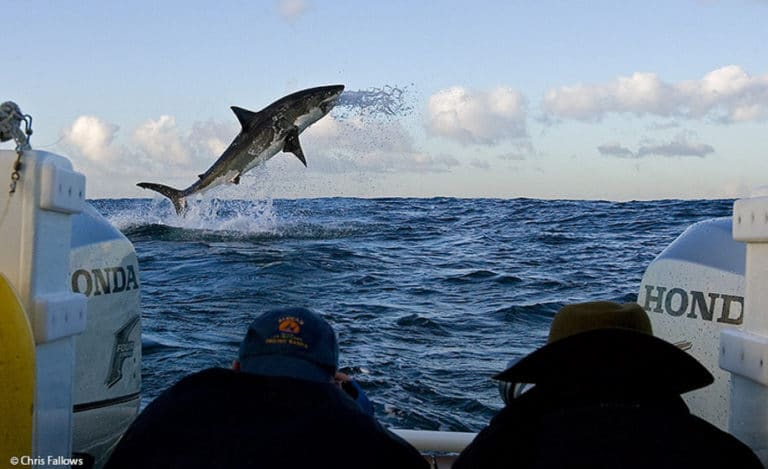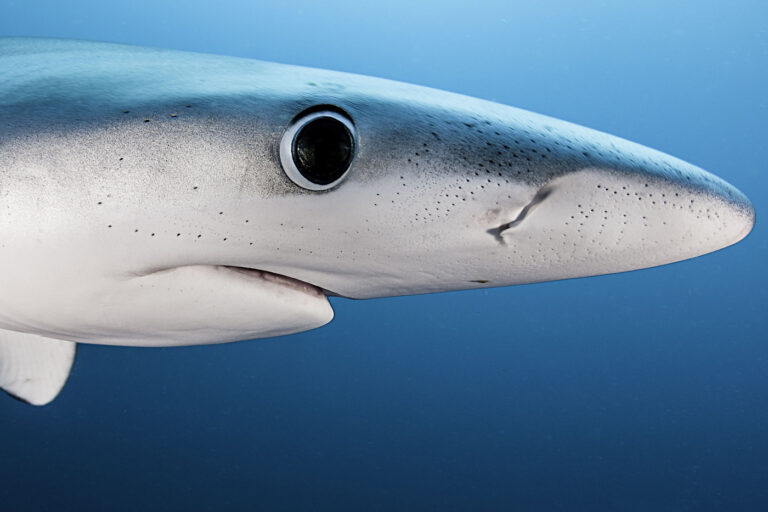By Courtney Cooper
How to Identify Different Shark Species
The more than 500 species of sharks that populate the world’s oceans are classified into eight distinct orders, each with its own set of unique characteristics and traits.
In 2021, David Ebert published an annotated checklist of chondrichthyan fishes—sharks, batoids, and chimaeras—found in South African waters. This comprehensive list, based on decades of research and systematic revisions, highlights South Africa’s rich chondrichthyan fauna, which includes 191 species across 50 families and 103 genera. The checklist details 111 species of sharks from 30 families and 64 genera; 72 species of batoids from 17 families and 36 genera; and 8 species of chimaeras from 3 families and 5 genera. Notably, the most species-rich shark families are the whaler sharks (Carcharhinidae) with 20 species, and the most species-rich batoid families are the hardnose skates (Rajidae) with 21 species.
For effective shark identification, it’s important to carefully observe the tail and any distinctive markings. Paying attention to details like spots, patterns, and dark tips on the fins can be quite helpful. When you take into account the fins’ size and placement, you ought to be getting rather close to identifying the family. In this article, we share insight into how to identify different shark species. We also discuss further shark facts that you might be interested in! Apex Shark Expeditions provides the best great white shark cage diving in Cape Town.
This is a list of different shark species that can be found in South African waters


The Great White Shark, Carcharodon carcharias, is widely recognised for its distinctive features, including a large, triangular dorsal fin, a robust physique, and a white underbelly. When it comes to encountering these apex predators, it’s crucial to prioritise safety and avoid any actions that may provoke them.
The Zambezi Shark, Carcharhinus zambezensis, is frequently encountered in the waters of South Africa. The creature possesses a sleek physique, a sharp snout, and a pair of dorsal fins that are evenly proportioned. Sharks of the Zambezi variety tend to inhabit shallow, coastal waters and are renowned for their assertive nature when faced with danger.


The Copper Shark, Carcharhinus brachyurus, stands out with its beautiful bronze-coloured skin and two dorsal fins, with the second one being slightly smaller than the first. This species can be found in both shallow and deep waters, often living a solitary life. Opportunistic feeders, copper sharks can become a potential threat to humans if provoked.
The Raggedtooth Shark, Carcharias taurus, can be easily recognised by their long, pointed snout and teeth that appear jagged. They can typically be spotted in shallow, rocky areas and are well-known for their nocturnal behaviour. Although typically posing no threat to humans, they may exhibit aggression when provoked.


Hammerhead sharks, Sphyrna spp, have a unique feature – their heads are shaped like a hammer, with a T-shape. South African waters are home to a variety of hammerhead shark species, such as the great hammerhead, smooth hammerhead, and scalloped hammerhead. These sharks are commonly found in deeper waters and pose no significant threat to humans.
The Dusky Shark, Carcharhinus obscurus, possesses a sleek physique, a sharp snout, and two dorsal fins that are evenly proportioned. They can be commonly spotted in the depths of the ocean and are renowned for their impressive migratory patterns. Dusky sharks have a tendency to seize opportunities when it comes to finding food, and in certain situations, they can become a potential danger to humans.
We also explore the role of sharks in marine ecosystems.




